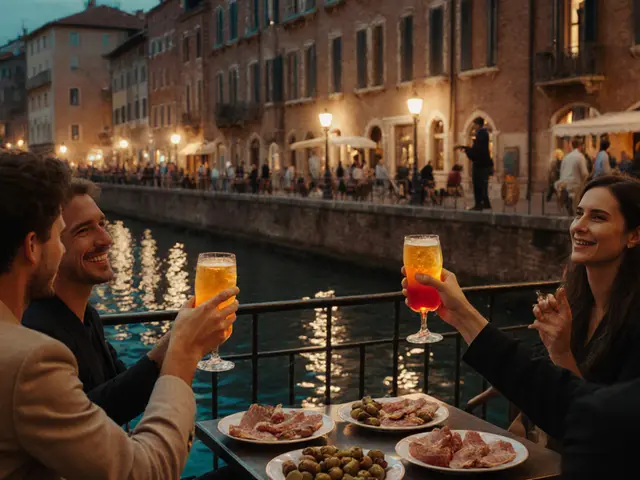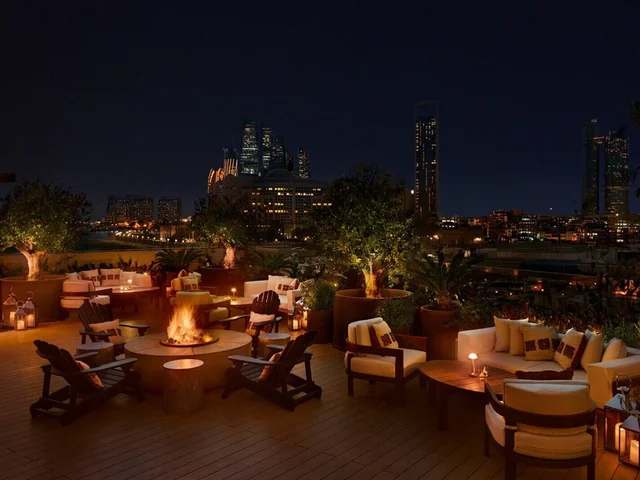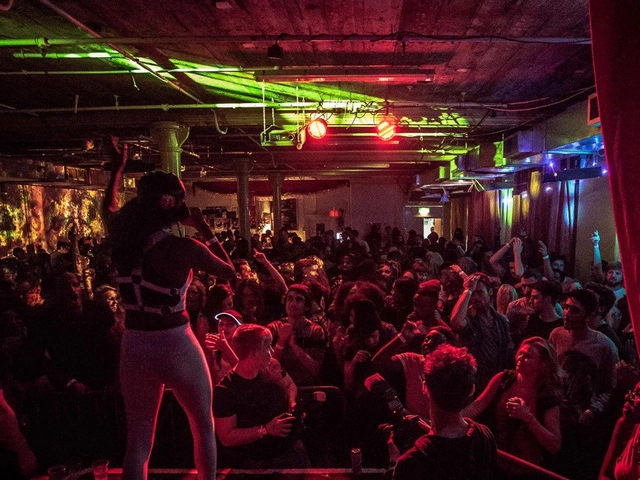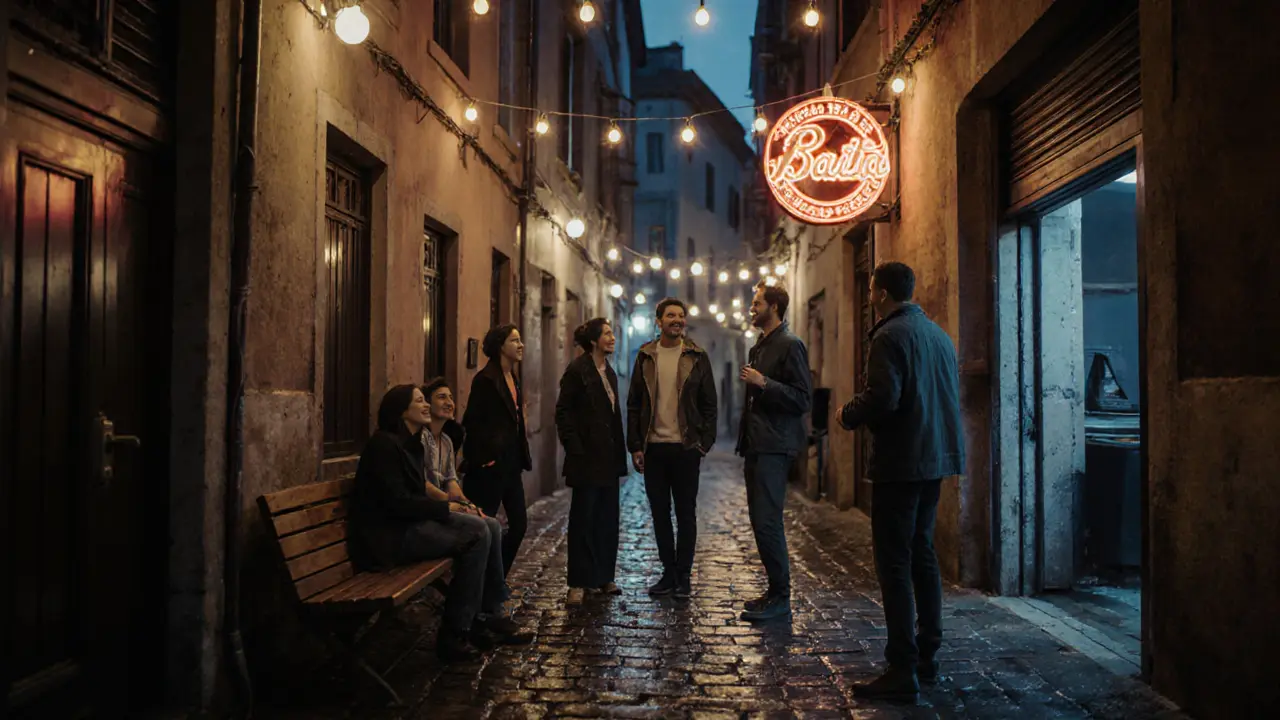
When the sun goes down in Milan, the city doesn’t sleep-it switches modes. Forget what you think you know about Italian nightlife. Milan isn’t just about designer boutiques and espresso bars. By midnight, its streets pulse with bass, neon lights flicker over hidden courtyards, and crowds spill out of basements that look like abandoned warehouses but are actually the city’s hottest clubs. If you’re visiting and want to experience real Milanese nightlife, this guide cuts through the noise. No fluff. Just where to go, when to show up, and what to expect.
Where the locals actually go
Most tourists head to Brera or Navigli after dinner, thinking those are the hotspots. They’re pretty, sure-but they’re not where Milan’s party crowd hangs. The real action starts after 11 p.m., and it’s spread across zones you won’t find on typical tourist maps.
Start with Porta Nuova. This isn’t the fancy business district you see in photos. Around Via Tortona and Via Bergamo, you’ll find a cluster of underground bars and speakeasies. Places like Bar Basso (yes, the same one that invented the Negroni Sbagliato) still draw crowds, but newer spots like La Cucina and El Gaucho are where the 25-35 crowd goes for craft cocktails and vinyl sets. Don’t expect loud music here. This is where people talk, sip, and move slowly.
Then head south to Navigli. The canals are beautiful by day, but at night, the real party happens on the side streets behind the tourist boats. La Baita is a local favorite-wooden benches, cheap beer, and a playlist that mixes Italian indie with 90s hip-hop. It’s not fancy, but it’s real. If you want to dance, walk five minutes to Club 19, a converted factory with a rooftop and a DJ who plays everything from deep house to techno.
And if you’re feeling adventurous, take the metro to Zone 1. The area around Via Festa del Perdono and Via della Spiga is where the fashion crowd blows off steam. Capo d’Africa is a legendary spot-dark, smoky, and packed with models, artists, and musicians. The dress code? Black. Always. No sneakers. No hats. If you’re not dressed right, you won’t get in. That’s not snobbery-it’s the rule.
Club scene: From basement to rooftop
Milan’s clubs don’t open at 10 p.m. like in Berlin or London. They open at midnight. And they don’t close until 5 a.m. or later. If you show up at 11, you’ll be the only one there.
Magazzini Generali is the biggest. It’s a massive warehouse in the Lambrate district, once an old post office. Now it’s a three-floor club with a different vibe on each level. The ground floor is live jazz and soul. The second floor? Bass-heavy techno. The top floor? A rooftop bar with city views and DJs spinning rare disco edits. Entry is €15 after midnight. No reservations needed, but lines form fast after 1 a.m.
For something smaller and more exclusive, try Clam in the Porta Venezia area. It’s tiny-maybe 150 people max-but it’s where international DJs test new tracks. You won’t find it on Google Maps. You need a friend or a WhatsApp group to get the address. That’s how it stays under the radar.
And if you want a night that ends with sunrise? Head to La Perla in the outskirts of Milan. It’s a 20-minute taxi ride from the city center, but worth it. Open from Friday to Sunday, it’s a former textile factory turned into a warehouse rave spot. No light inside except the strobes. No VIP section. No bouncers checking IDs unless you look under 25. The music? Industrial techno mixed with Italian punk remixes. People dance until the sun comes up. Then they grab coffee at the nearby bakery and go home.
Bars that double as experiences
Milan isn’t just about clubs. Some of the best nights start at a bar that feels like stepping into a movie set.
Alchimia is a cocktail bar disguised as a 1920s apothecary. The bartender wears a lab coat. The drinks come in test tubes. The menu is written in Latin. It’s not a gimmick-it’s art. Each cocktail is named after a forgotten Italian inventor. Try the Volta-gin, violet liqueur, and smoked salt. It tastes like history.
Bar del Fico is hidden behind a fridge door in a grocery store. Yes, really. Walk into a small supermarket on Via Solferino, head to the back, open the fridge, and you’re in. No sign. No menu. Just a guy behind the counter asking, “What do you feel like tonight?” He’ll make you something based on your mood. One night, he gave me a drink made with bitter orange, rosemary, and Prosecco. Said it was for “people who miss summer.”
And if you want a late-night snack that’s part of the ritual, hit Trattoria da Giacomo at 3 a.m. It’s a tiny place near San Babila that’s been open since 1952. They serve fried zucchini flowers, truffle arancini, and bresaola with fig jam. The waiters don’t speak English. They don’t care. You order in Italian, or you don’t eat. It’s not about the food-it’s about being part of the night.
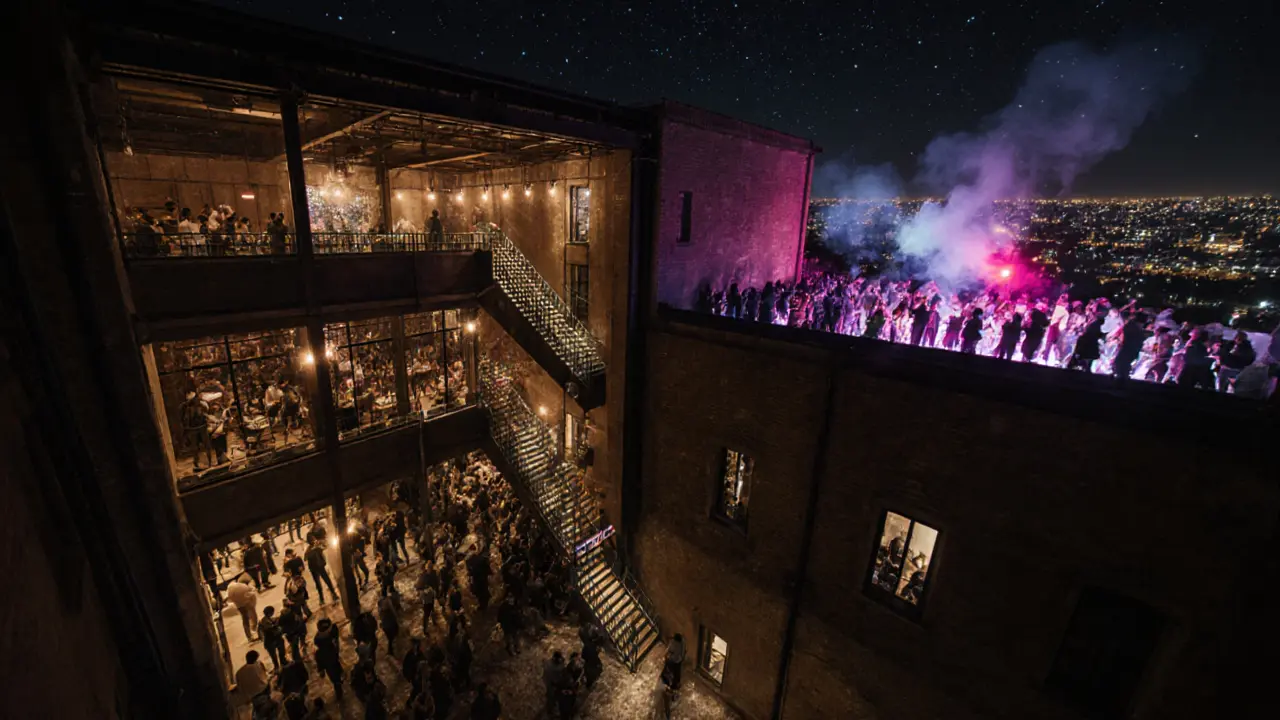
What to wear, when to arrive, and how to pay
Dress code matters. More than you think.
For clubs like Capo d’Africa or Magazzini Generali, smart casual is the baseline. No hoodies. No flip-flops. No baseball caps. Jeans are fine, but they need to be clean. A blazer or a nice shirt? Always a plus. Women wear heels or stylish boots. Men wear leather shoes. You don’t need to look like you’re on the runway, but you can’t look like you just rolled out of bed.
Arrival time? Never before midnight. Show up at 11:30 and you’ll be the first one there. The vibe doesn’t kick in until 1 a.m. That’s when the crowd thickens, the music gets louder, and the energy shifts. If you want to dance, wait until then.
Payment? Cash is still king in most places. Even though cards are accepted at bigger clubs, many bars and smaller venues only take cash. Carry at least €50 in euros. ATMs are everywhere, but they charge fees. Better to withdraw before you go out.
And don’t be surprised if the bouncer asks you a question before letting you in. “Where are you from?” “Who are you with?” It’s not to be rude. It’s to keep the place safe. Answer politely. Smile. You’ll get in.
What to avoid
Some spots are traps for tourists. Avoid anything with a sign that says “English spoken here” or “International crowd.” Those are usually overpriced and underwhelming. The same goes for places near the Duomo that advertise “Milan Nightlife Tour” packages. They’re designed for people who want to check a box, not have a real experience.
Also, don’t try to haggle over drinks. Prices are fixed. A cocktail will cost €12-18. A beer €6-8. It’s not cheap, but it’s fair. You’re paying for quality, atmosphere, and service. If it feels too expensive, you’re probably at the wrong place.
And never, ever try to bring your own bottle. That’s a hard no. Security checks bags at the door. If you’re caught, you’ll be kicked out-and possibly banned.

When to go
Friday and Saturday are the big nights. Sunday is quiet. Monday? Forget it. Tuesday and Wednesday are for locals who want to unwind without the crowds. That’s when you’ll find the best deals-half-price cocktails at some bars, or free entry to clubs before midnight.
Summer (June-August) is the peak. The city is alive. Outdoor terraces open late. The canals are lit up. But it’s also the busiest. If you want space, go in September or October. The weather is still warm, the crowds are thinner, and the clubs are more relaxed.
December brings a different kind of energy. Christmas markets close early, but the clubs stay open. Some even host themed nights-think disco Christmas or Italian house music. It’s unique. And if you’re there on New Year’s Eve, book a table months ahead. The city shuts down for fireworks over the Duomo, and every club fills up instantly.
Final tip: Talk to the bartender
The best advice you’ll get in Milan won’t come from a travel blog. It’ll come from the person mixing your drink.
Ask them: “Where do you go after your shift?”
They’ll laugh. Then they’ll give you the real answer. Maybe it’s a hidden bar in the subway tunnels. Maybe it’s a backyard party in Lambrate. Maybe it’s a 4 a.m. pizza place no one knows about.
Trust them. They’ve seen it all. And they know where the real night lives.
Is Milan nightlife safe for tourists?
Yes, Milan’s nightlife is generally safe, especially in the main club and bar districts. Stick to well-lit areas, avoid isolated alleys after 3 a.m., and keep an eye on your belongings. Pickpocketing is rare but possible in crowded clubs. Don’t carry large amounts of cash, and never leave your drink unattended. The police patrol popular nightlife zones, and most venues have security staff.
Do I need to book tables in advance?
For most clubs, no. But for popular spots like Magazzini Generali on weekends, arriving before 1 a.m. helps you avoid long lines. If you’re going to a rooftop bar or a high-end lounge like Capo d’Africa, booking ahead is smart-especially if you want a table with a view. For smaller bars and hidden venues, reservations aren’t even an option. Walk in, chat with the bartender, and see what’s happening.
What’s the average cost for a night out in Milan?
You can expect to spend €50-100 for a full night. That includes 2-3 cocktails (€12-18 each), a few beers (€6-8), and cover charges (€10-15 at clubs). If you eat late-night snacks, add another €15-25. Taxis or rideshares from the city center to outlying clubs cost €10-15. Budgeting €80 gives you a comfortable, authentic experience without overspending.
Are there age restrictions in Milan clubs?
Yes. Most clubs require you to be at least 18, but many enforce a 21+ rule, especially on weekends. Always carry a valid ID-passport or EU driver’s license. Bouncers check IDs seriously, especially if you look under 25. Some clubs, like La Perla, are more relaxed, but don’t assume you’ll get in without one.
Can I use my credit card everywhere?
Most larger clubs and upscale bars accept cards, but many smaller bars, hidden spots, and late-night eateries only take cash. ATMs are common, but they charge fees. It’s best to carry €50-100 in cash for the night. Withdraw it before you head out, and keep it in a secure money belt or hidden pocket.
What’s the best time to start a night out in Milan?
Start with dinner around 8:30-9:30 p.m. Then head to a bar for drinks between 10:30 and 11:30. Clubs don’t get busy until midnight. The real party starts between 1 a.m. and 3 a.m. That’s when the music shifts, the crowd thickens, and the energy peaks. Don’t rush it. Milan’s nightlife is slow-burning, not explosive.

